The Difference Between 10 Types Of Bus Vehicles
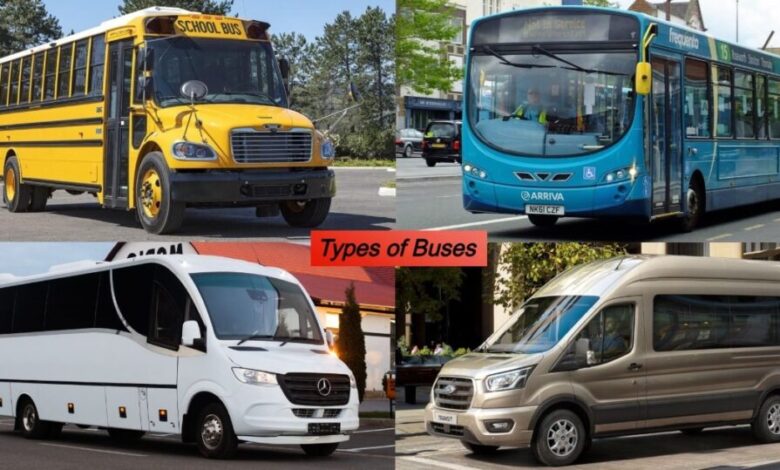
Buses are quite a popular means of public transport. However, there are many types of buses and each has characteristics that you may not know. The article The Difference Between 10 Types Of Bus Vehicles will specifically introduce each type of bus currently available to you.
1. Single Deck Bus
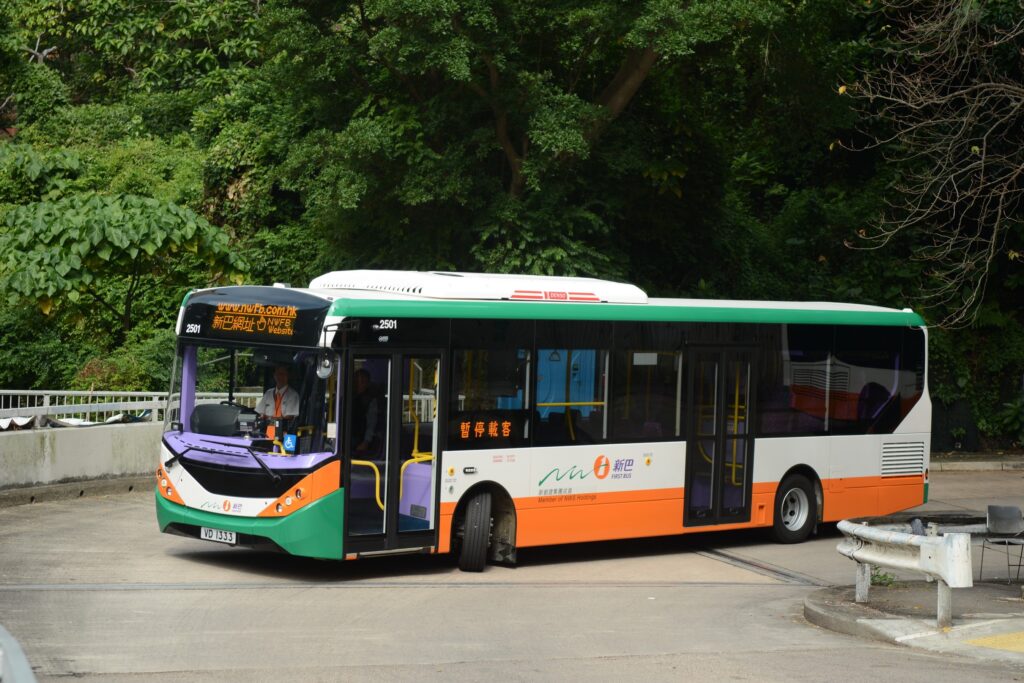
This is the most widely recognized and popular bus type you can see in The Difference Between 10 Types Of Bus Vehicles. A standard tourist transport vehicle has a single deck and is commonly used by travel frameworks, companies in the tourism industry, and hire-to-use bus companies.
A standard-sized single-decker bus carries 60 to 120 passengers and is 16 to 39 feet long. They usually run on diesel or natural gas fuel with the engine located in the rear to allow the driver to move easily, easily see and be aware of their surroundings.
2. Double Decker Bus
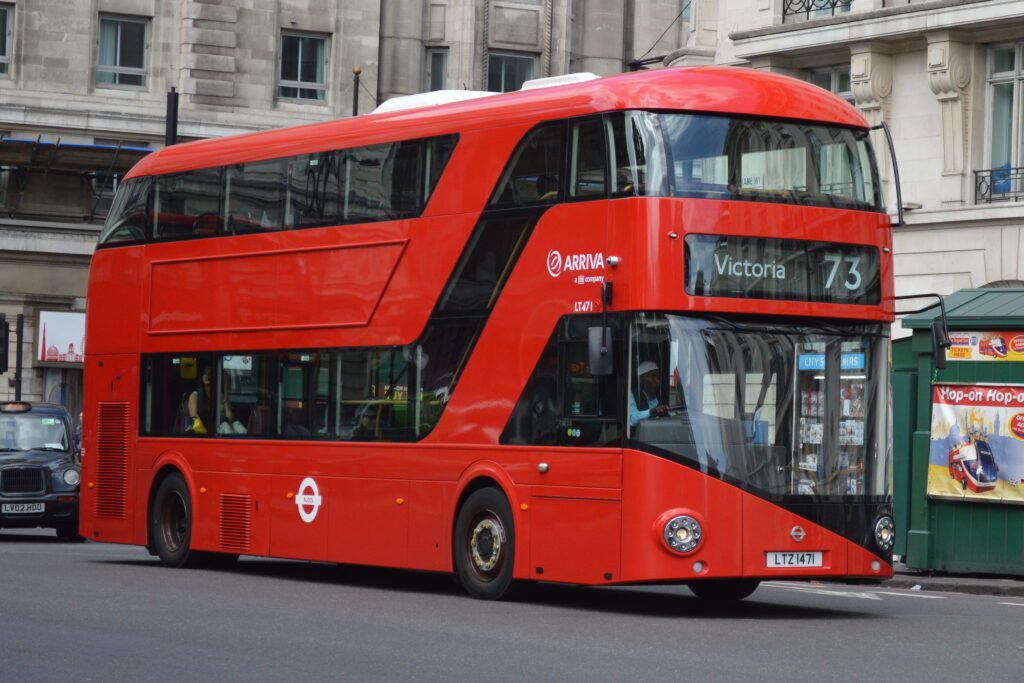
Double-decker or multi-decker buses are used in mass tourism and the travel or travel industry. They are often connected to the main transport of the iconic red AEC Line in many countries around the world. These buses have two upper decks for visitors to sit on with a staircase to go upstairs.
Also known as double-tall buses, double-decker buses are used in some metro areas around the world. Double-decker buses are restricted on their routes due to their height (about 14.5 feet) as drivers need to stay clear of any scaffolding, utility paths, or obstacles different from the short travel time.
When used for public transport, they may not be effective for continuous stops due to the expected need to increase visitor arrival times. They are great for longer excursions like local highways or city tours.
3. Trolleybus
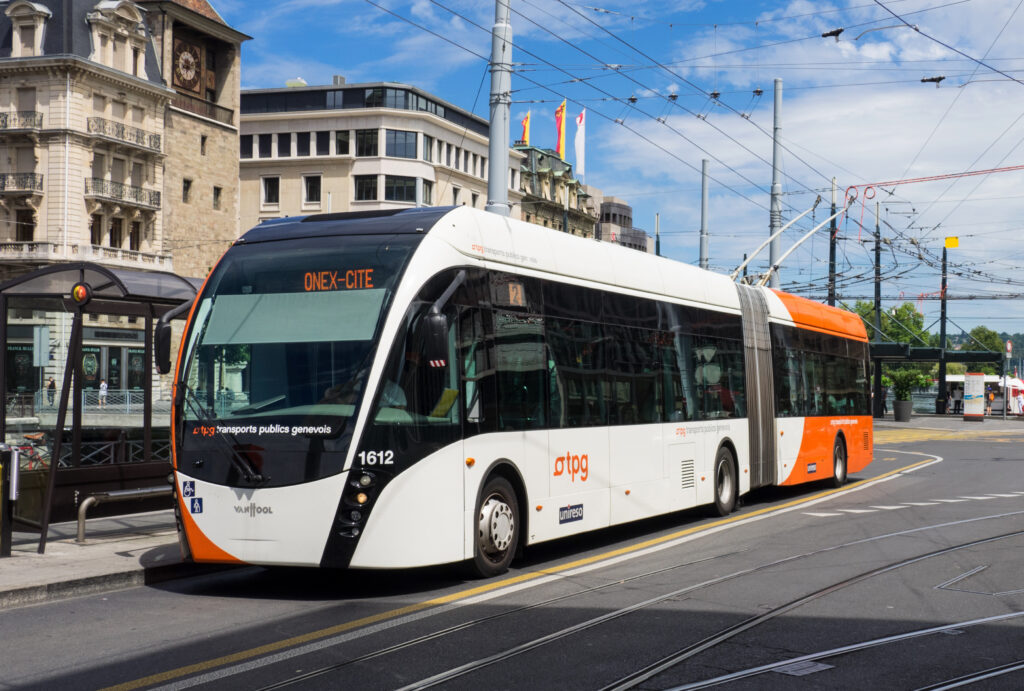
Instead of gasoline or fuel, Trolleybus has overhead power sources to run the engine. However, it is limited or limited to specific routes or certain routes.
Although it runs on electricity, don’t confuse it with a tram because it doesn’t need a track or source of electricity. This is also the next bus in The Difference Between 10 Types Of Bus Vehicles.
4. Coach Bus

Coach Bus has a separate section for luggage to help people move more easily. This is a single-decker vehicle, so this type of travel vehicle is best suited for traveling long distances from one city to another or remote rural places.
5. Midi Bus
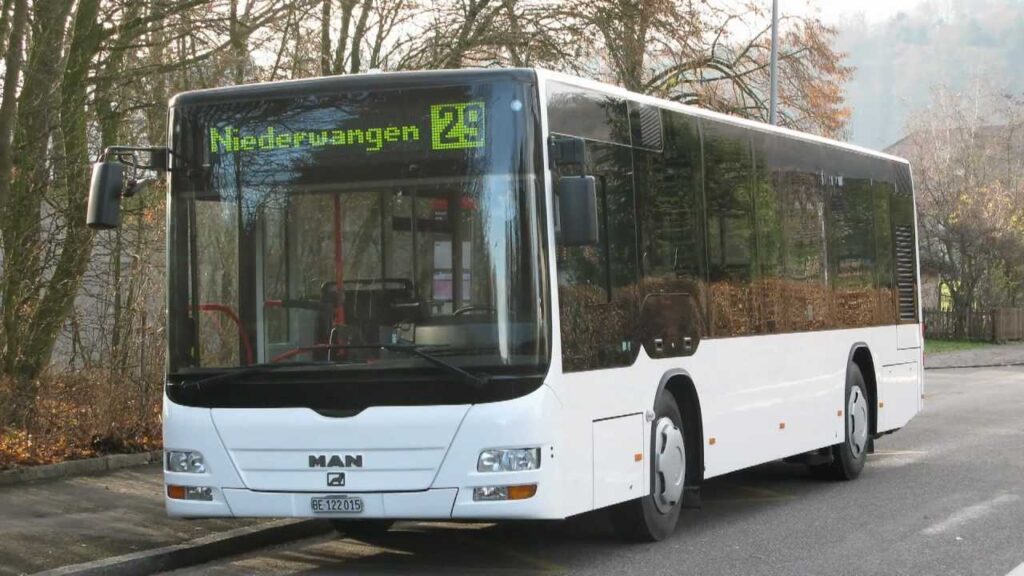
The Midi Bus is classified or mandated as a single-decker bus transport however it has a smaller capacity. As the name suggests, it is a medium-sized bus transport, not too small but not too big either.
What’s more important is that it’s designed for economic purposes as opposed to standard-size bus transportation because it uses more gas.
6. Minibus

As the name suggests, Minibus is smaller in size than the midi bus, this type of minibus has less capacity (8-30 seats). However, it is bigger than the minivan.
This type of vehicle is quite popular in short-term travel or small groups. This is also the next car in The Difference Between 10 Types Of Bus Vehicles.
7. Articulated Bus
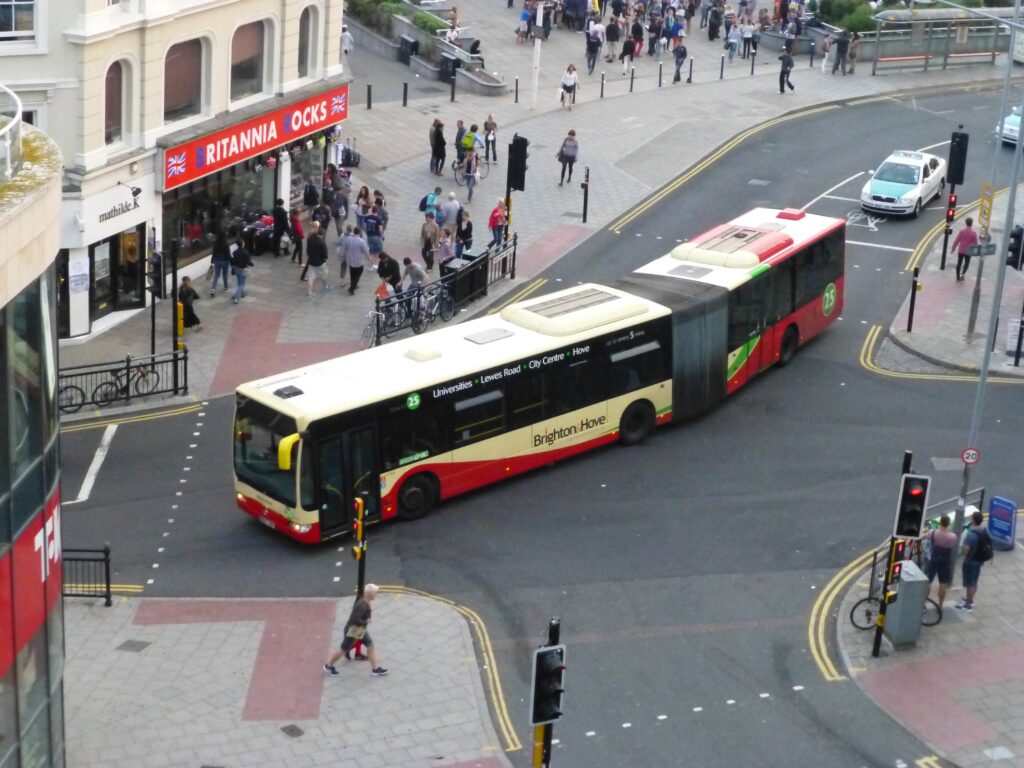
Articulated Bus is similar in design to single-decker bus transport, except that the articulated bus is longer (about 18 meters).
It has two segments linked with a joint that can be bent. It is also called by various names, for example, tandem bus or accordion bus. What makes it one of the most unique, however, is that while it’s longer and has a larger seating capacity than the single-decker, it can maneuver effectively on tight street corners.
8. Bi-articulated Bus

Another type of articulated bus transport is the Bi-articulated Bus. It consists of another part that is linked to another part.
If you have a user’s license, you can invent a tri-coupled bus transport. You can think of this bus as moving carriages on the street.
9. Private Bus

These buses are also known as private buses, they are used for long trips or special outings. It can be used by a family going to summer camp, but can also be used by a sports team for a competition or by any private activity group. If your family or company is going to travel, you can choose this car.
10. School Bus

A school bus is a type of single-decker bus used to transport students from home to school and in the opposite direction. It is especially yellow and dark in color.
You will often see this car appear in movies or front of school gates. This is also the last car in The Difference Between 10 Types Of Bus Vehicles.
Benefits of traveling by bus
Cheaper
Transport by bus is the cheapest form of transport after rail transport. It is the most efficient way to move at the optimal cost. Buses are chosen by the majority of people with frequent travel habits and limited costs.
To go to further places, individuals choose to take the bus to move quite conveniently. In addition, if traveling in a large group, choosing a bus to move is also quite reasonable.
Safe
Most people usually feel safe and secure when traveling by bus, especially women at sensitive times.
The separate seating system for women and men is the reason why many individuals choose to travel by public transport. It is a type of transportation that performs consistently or predictably.
It’s easy to move
It is one of the easy means of transportation to make a trip or excursion from one place to another. It can work whenever and get you there at the right time.
It covers locations within the city for Domestic travel, although interstate travel it is covered to some extent. It can be easy for individuals to efficiently reach their destination because of the availability of place and time.
Contributing to the economy
If people switched to traveling by bus or some other public transport, the air pollution caused by certain means of transport would be reduced. If Individuals become more responsible for their country, making it their country to live in, they will choose public transport. This donation can bring great benefits.
This is not without the use of any personal means, but rather to demonstrate the determination to make clear decisions for you and our country.
Hopefully, the article The Difference Between 10 Types Of Bus Vehicles will provide you with useful information.
Thanks for reading!
Read more: What Is The Most Expensive Car In The World And 7 Best Cars
Conclusion: So above is the The Difference Between 10 Types Of Bus Vehicles article. Hopefully with this article you can help you in life, always follow and read our good articles on the website: BIRA.INFO